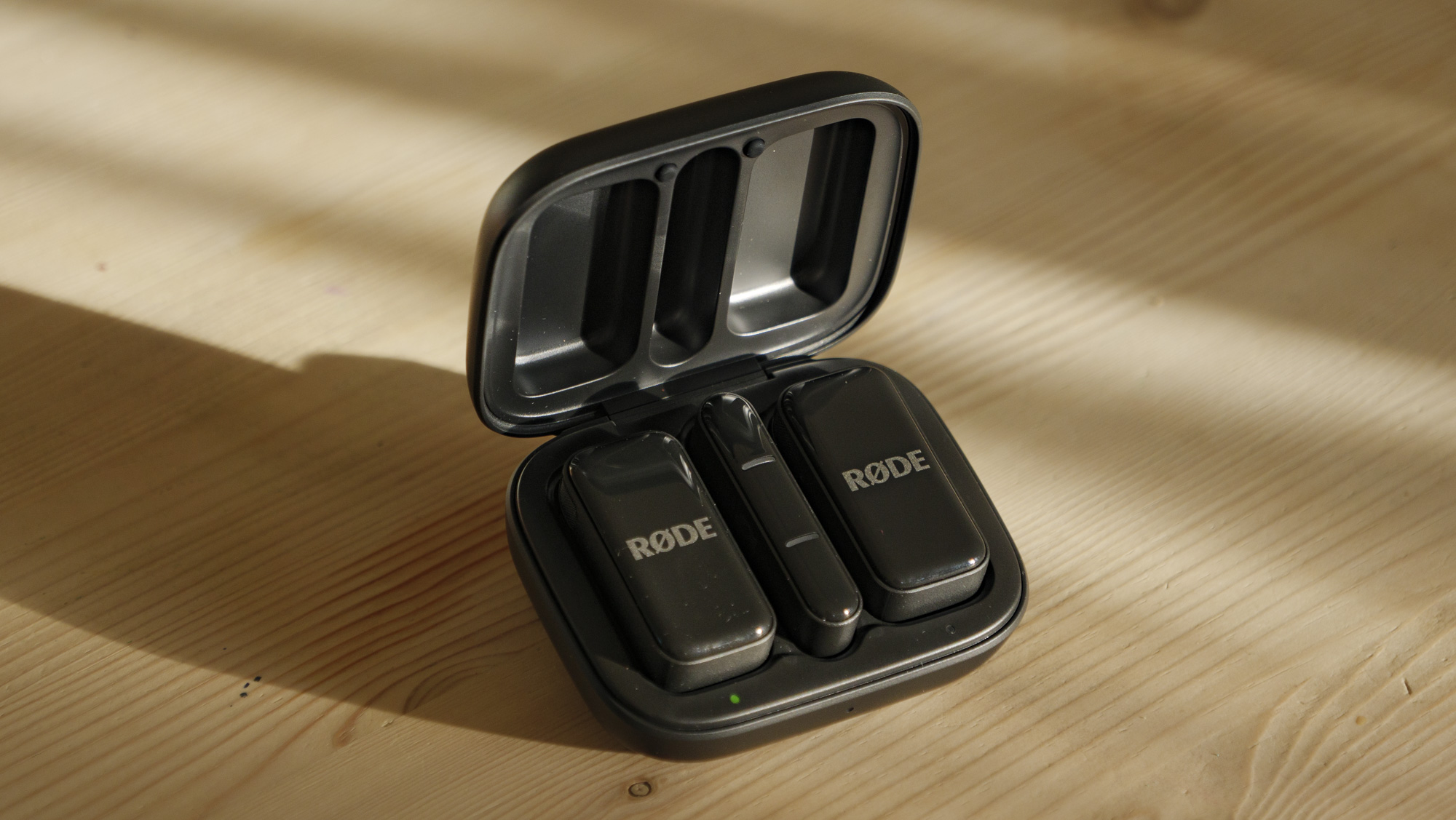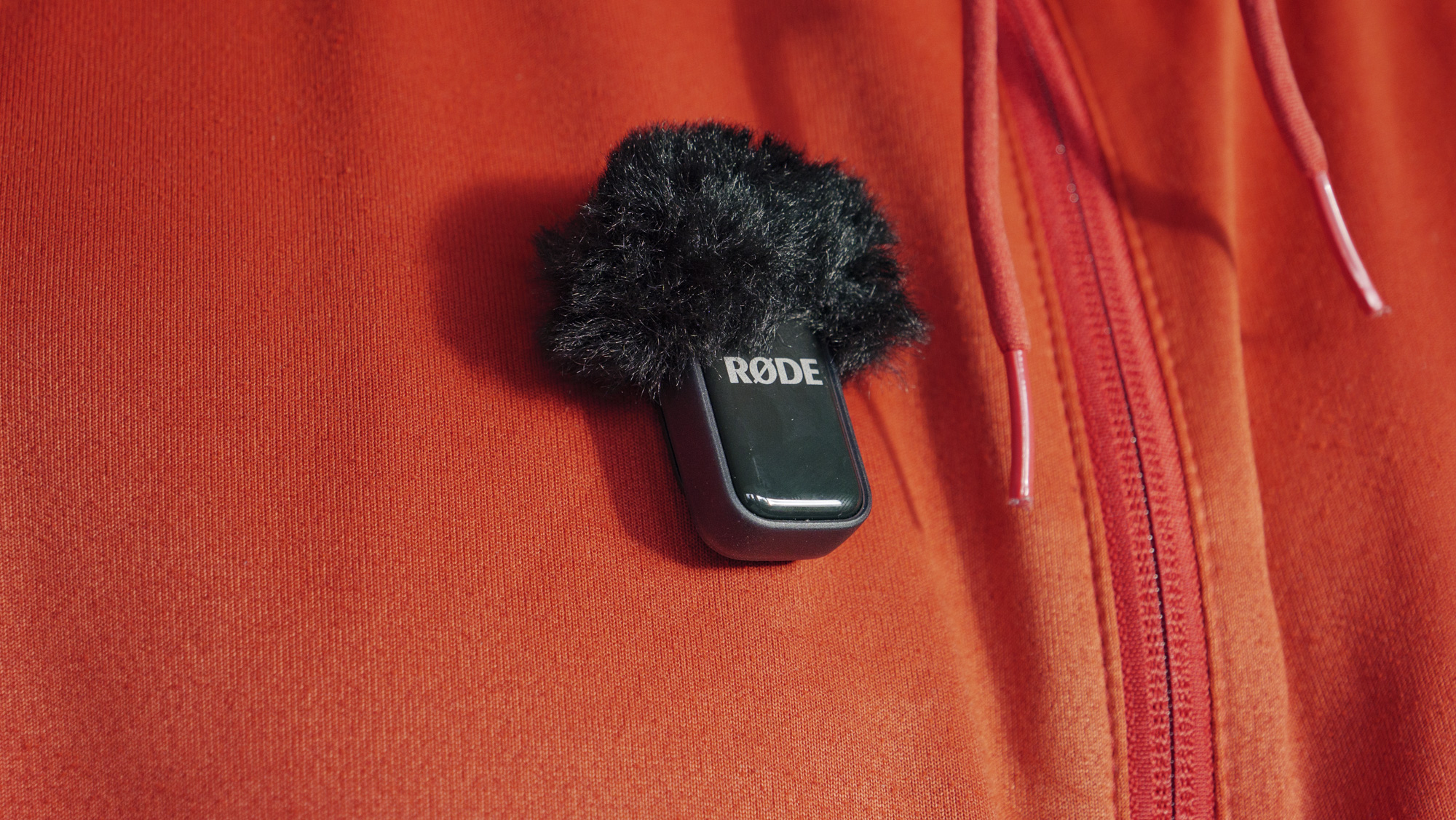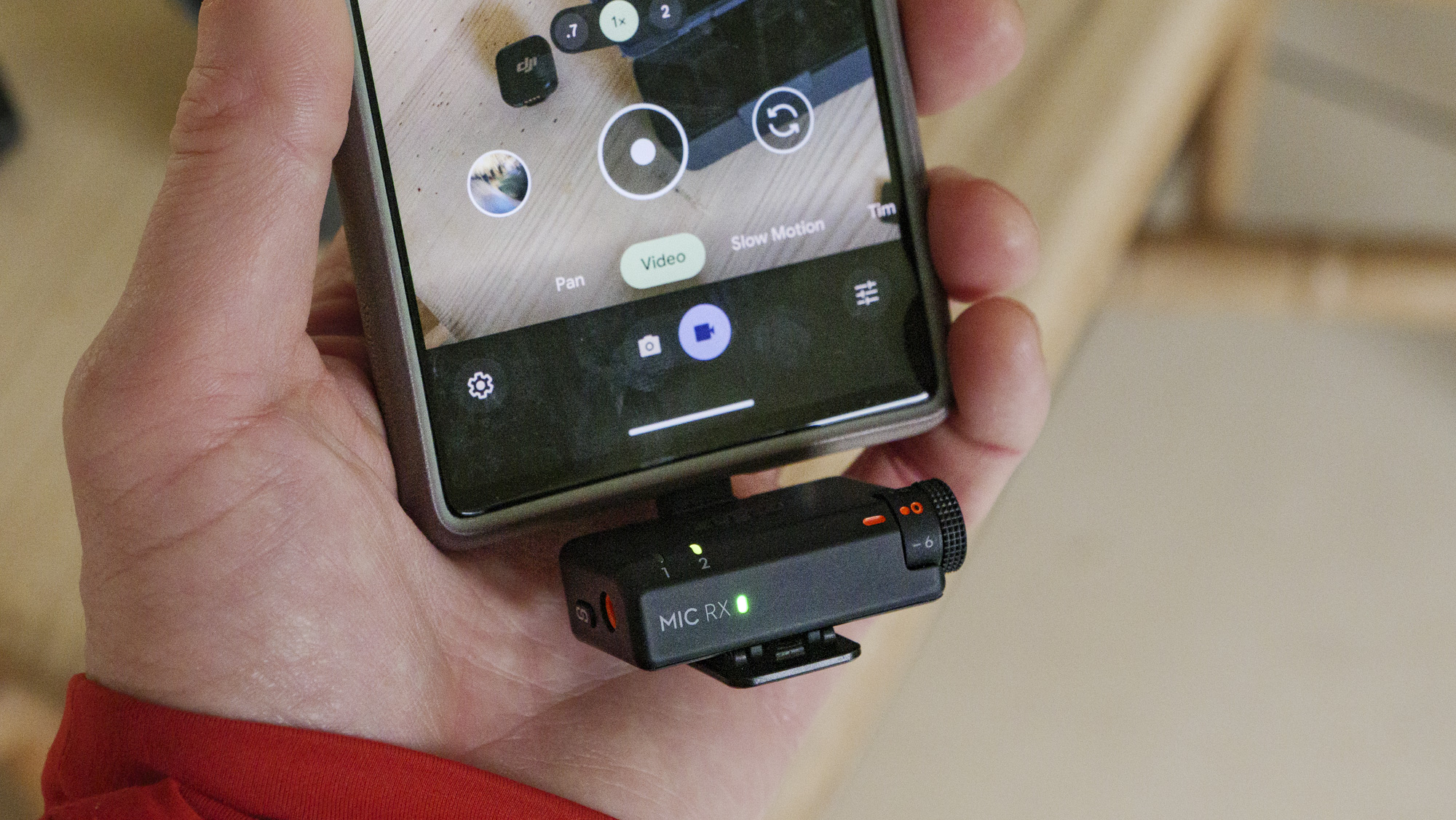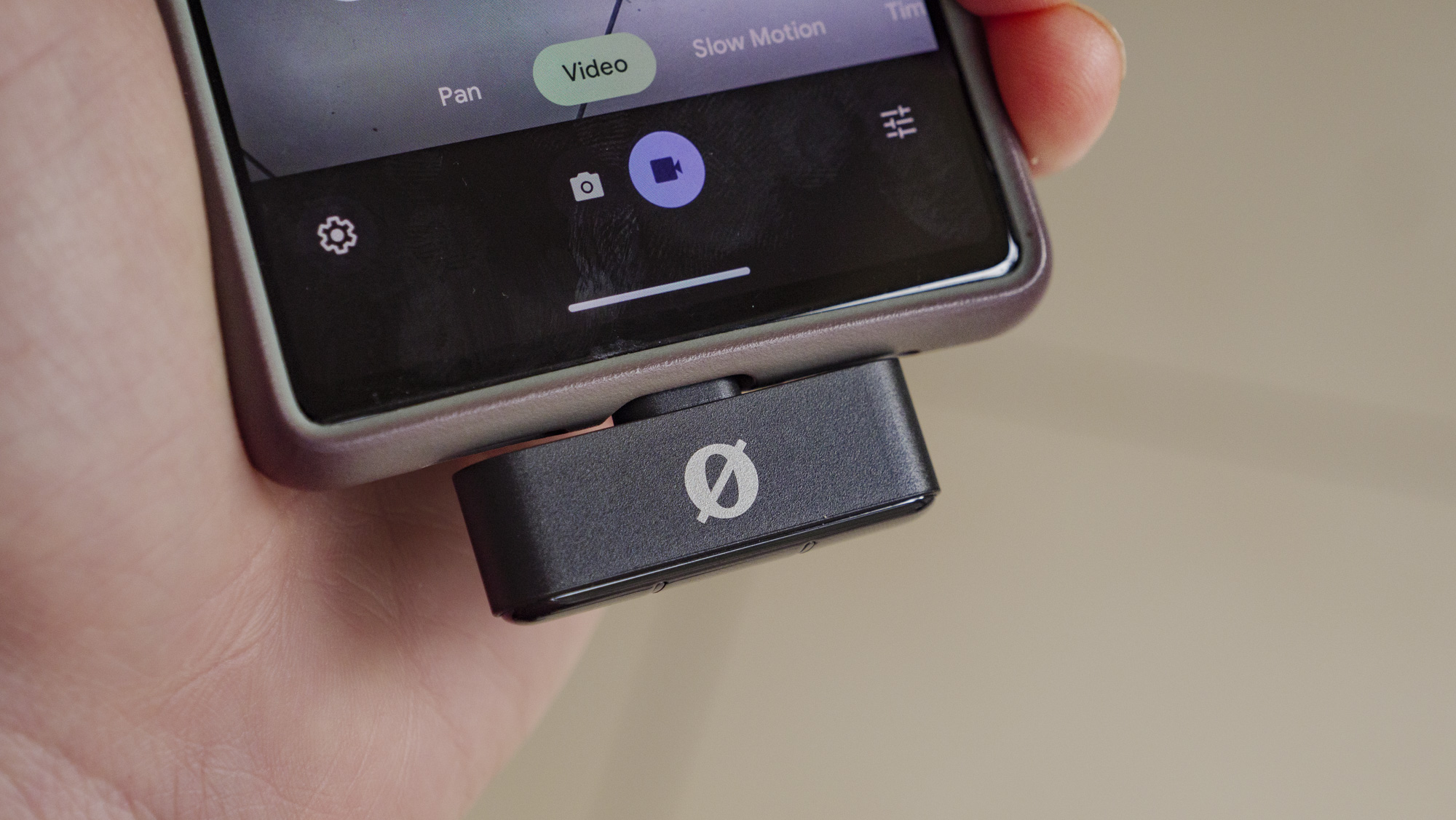The DJI Mic Mini is superb, but there's one big reason I'd pick the Rode Wireless Micro for smartphone content creation instead
Sometimes it's better to be a one-trick pony

I recently reviewed the DJI Mic Mini and Rode Wireless Micro – both are superb quality wireless mics for content creation, designed to be ultra simple for capturing better audio with smartphones.
I'd recommend either in general, but if I were to pick one for myself, it would be the teeny tiny DJI Mic Mini, no question. Overall, it's a more versatile bit of kit for smartphones and cameras, with reliable connectivity via its receiver or Bluetooth, and the price difference between the two kits is negligible.
If you shoot with DJI cameras such as the Osmo Pocket 3 or Osmo Action 5 Pro, it's an even easier choice because those cameras feature built-in receivers for streamlined pairing with DJI's mics, including the pricier DJI Mic 2 – our camera accessories product of the year.
What's more, you can buy Mic Mini components individually, meaning you can save yourself a packet just picking up a mic for those DJI cameras, rather than the full kit with receiver.
All that said, more people shoot video just with smartphones, and for those people the simpler Rode Wireless Micro takes the DJI out with a knock-out punch.

The winning one-trick pony
DJI's Mic Mini works for cameras and smartphones, while the Rode Wireless Micro is just for smartphones. I shoot with both so the choice is clear. But for smartphone-only creators, I think Rode's mic makes more sense.
The best method to connect the mics with your phone is through a receiver. That's the only method for Rode's mic, and the receiver slots neatly across the underside of your phone, connected to your USB-C (or Lightning) charging port (see gallery below). It's slim and it's simple too – there are no controls on it or the mics whatsoever.
Get daily insight, inspiration and deals in your inbox
Sign up for breaking news, reviews, opinion, top tech deals, and more.
You plug the receiver into your phone, follow the on-screen prompts (which might include selecting the wired mic option in favor of your phone's built-in mic in the camera app menu) and you're up and running in seconds. Everything is automated.
The Mic Mini's receiver is bulkier. Every time I used it with a phone, I was concerned I would snap it off – it sticks out, it's a little awkward, and a better fit with cameras, like into the hotshoe / coldshoe port. DJI's offering has another trick up its sleeve though that bypasses the receiver.

The DJI Mic Mini's receiver is better designed for cameras, while the Rode Wireless Micro's is purpose-made for phones.

You can also connect the DJI Mic Mini to your phone using Bluetooth, meaning no receiver whatsoever. However, I wouldn't trust a Bluetooth connection for video recording in the same way that I would a purpose-made receiver, and audio quality drops from 24-bit depth to 16-bit depth when using Bluetooth instead of the receiver.
Bluetooth connectivity is fine at a pinch and still beats the audio quality of your phone's built-in mics, even when you're armed with voice enhanced audio, like you get with the latest Google Pixel handsets.
The Mic Mini also has a few manual controls to play with. There's a one-push noise reduction mode, plus ±12db audio level control on the receiver. These are great tools to have, but for phone users I think Rode's simpler approach – an automated 'Intelligent GainAssist technology' – again makes more sense.
And so while the DJI Mic Mini outstrips the Rode Wireless Micro in most ways, it's the Rode mic's outright simplicity that wins through for smartphone creators. I just hope Rode makes the Wireless Micro components available individually in the future – some of us could save a few pennies that way, especially if replacement parts are needed.
You might also like...
- The best cameras for vlogging: top choices for every budget
- Boya launches the world's smallest and lightest wireless mic, and it's super cheap

Tim is the Cameras editor at TechRadar. He has enjoyed more than 15 years in the photo video industry with most of those in the world of tech journalism. During his time as Deputy Technical Editor with Amateur Photographer, as a freelancer and consequently editor at Tech Radar, Tim has developed a deeply technical knowledge and practical experience with cameras, educating others through news, reviews and features. He’s also worked in video production for Studio 44 with clients including Canon, and volunteers his spare time to consult a non-profit, diverse stories team based in Nairobi. Tim is curious, a keen creative, avid footballer and runner, and moderate flat white drinker who has lived in Kenya and believes we have much to enjoy and learn from each other.